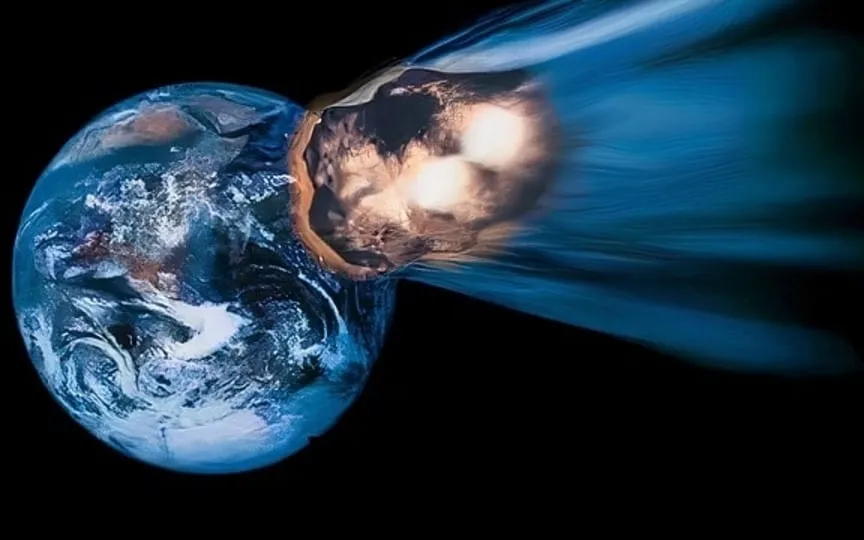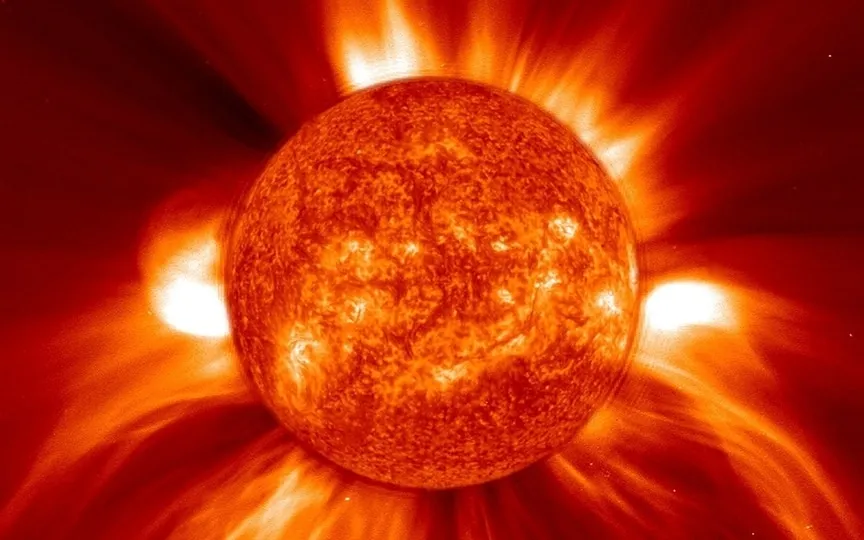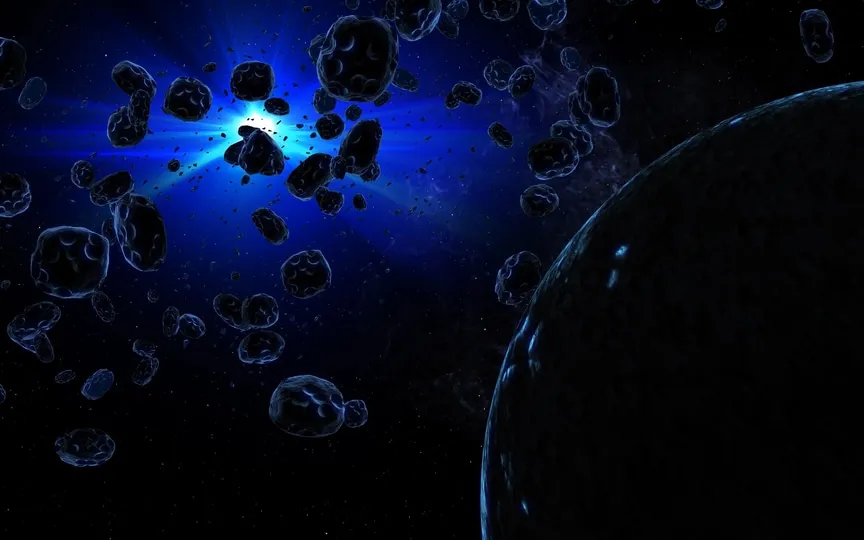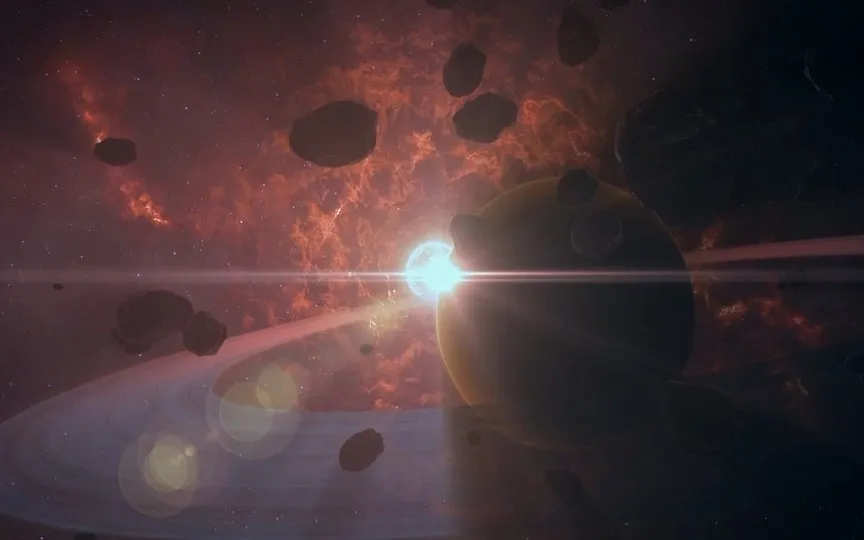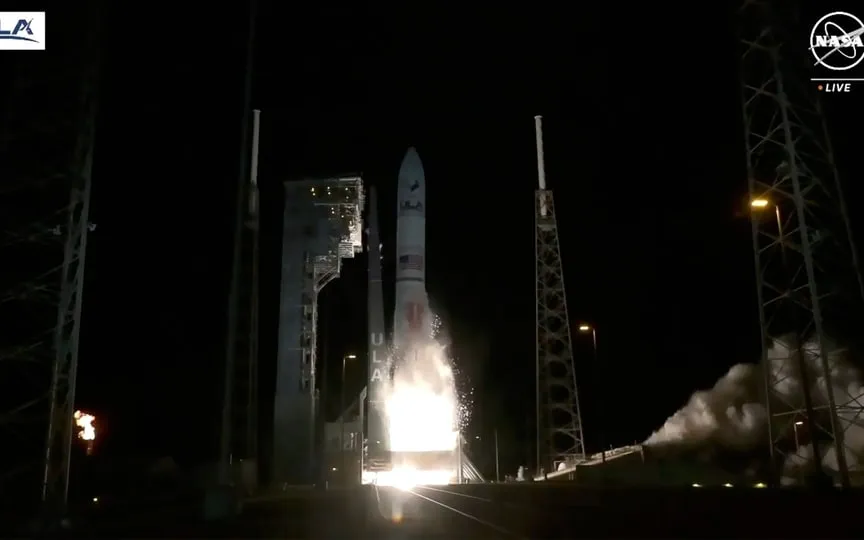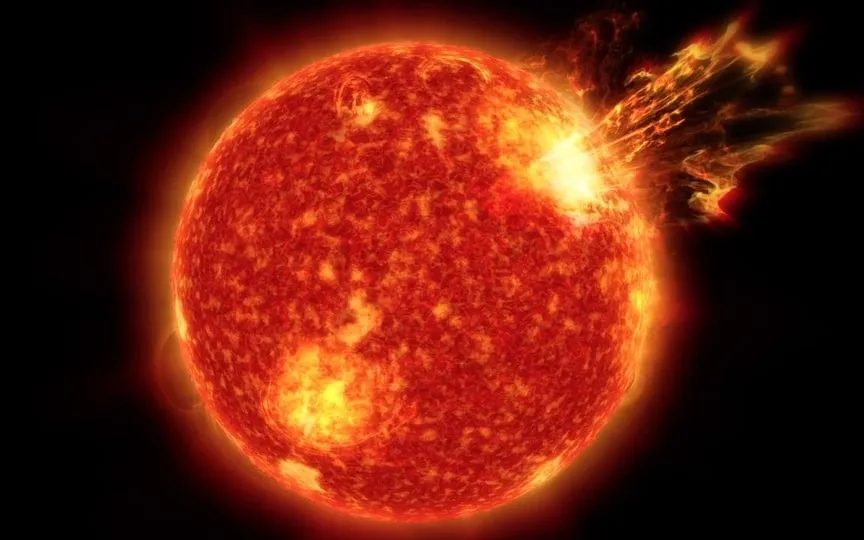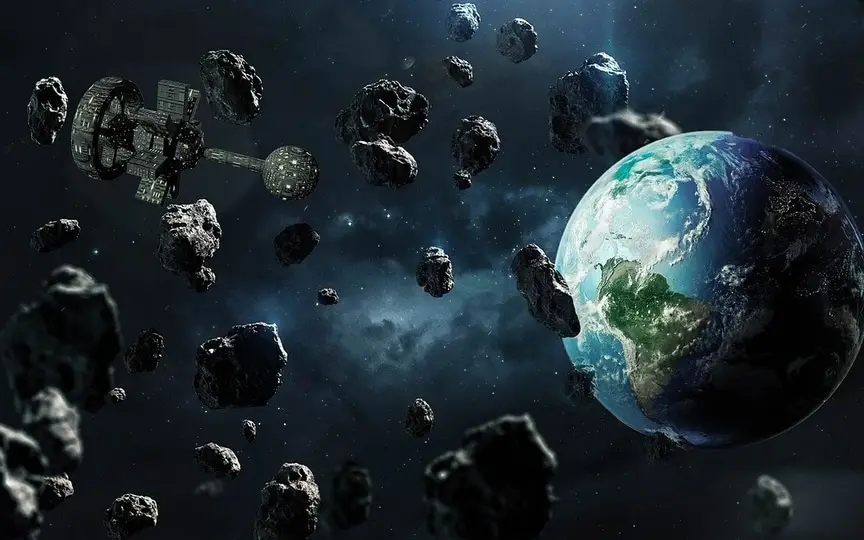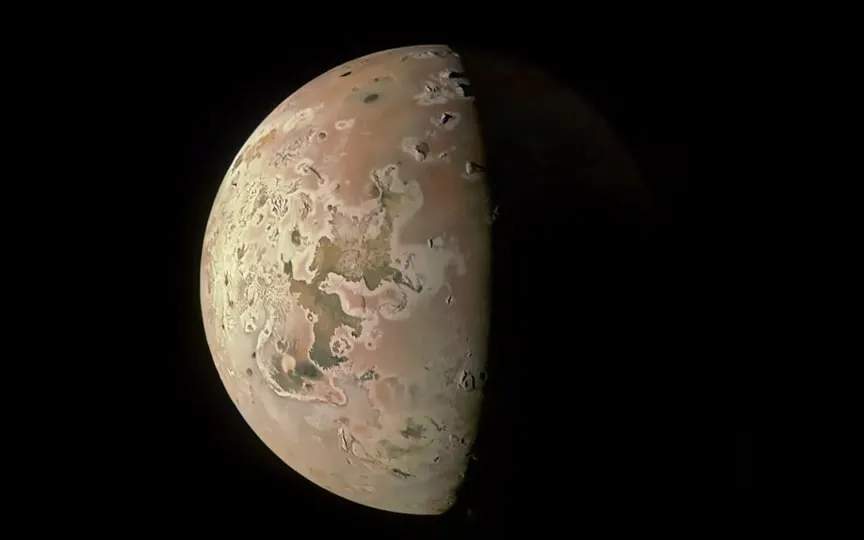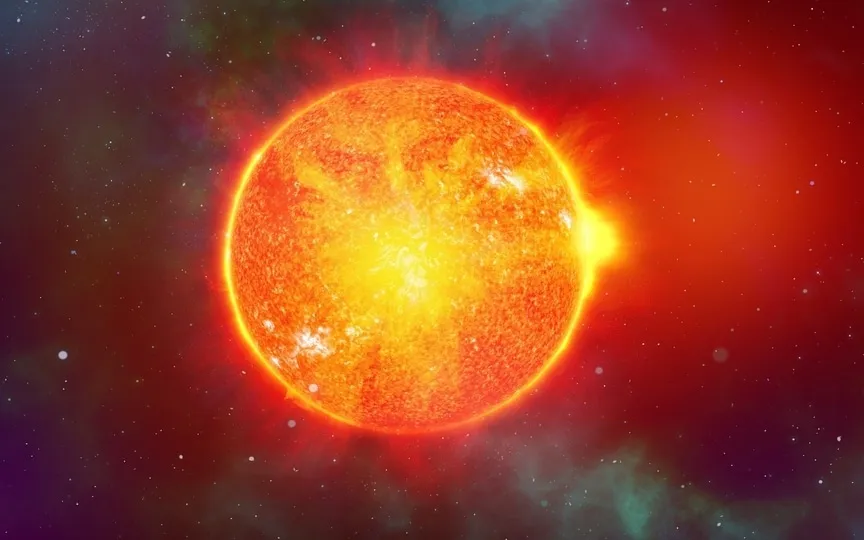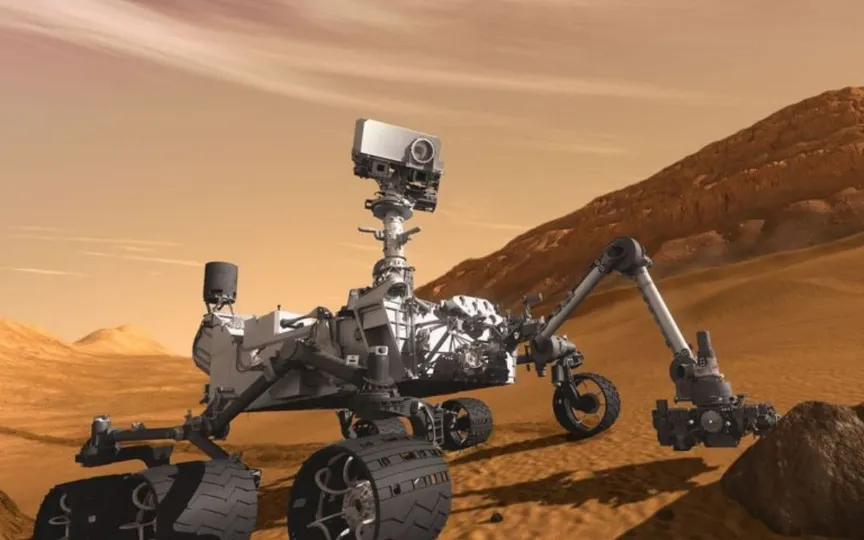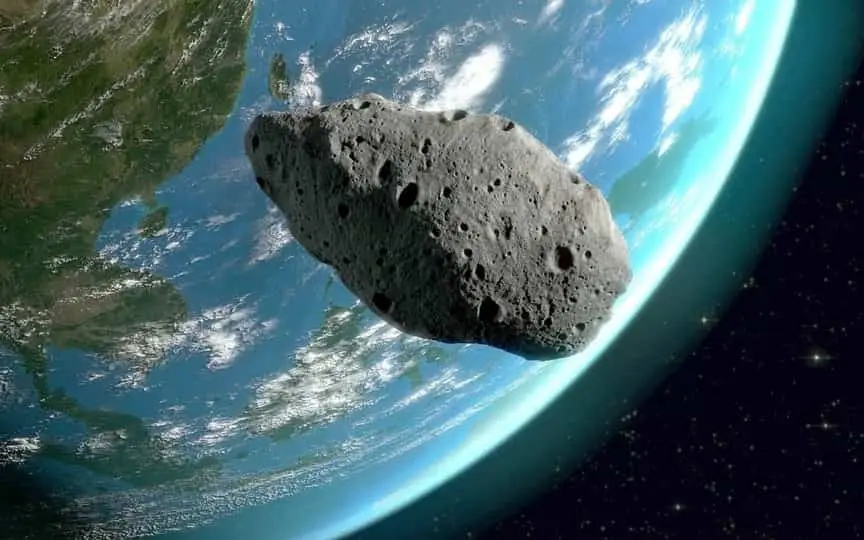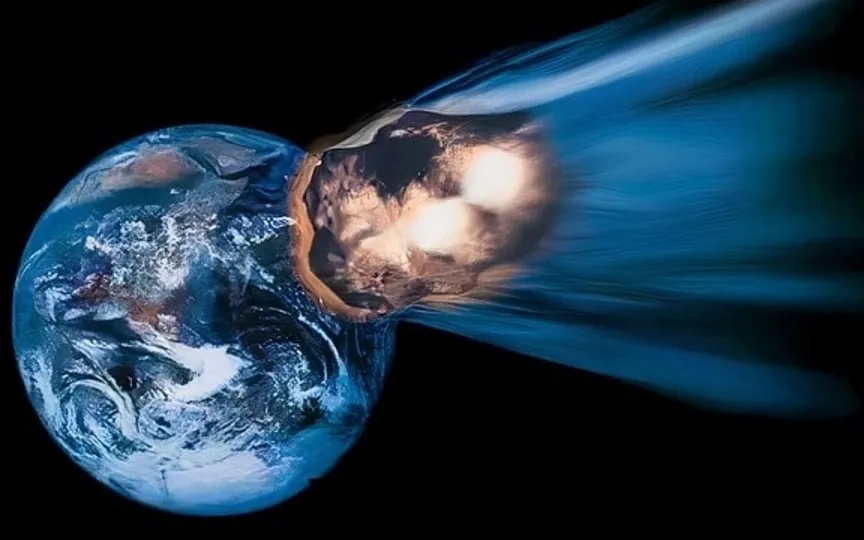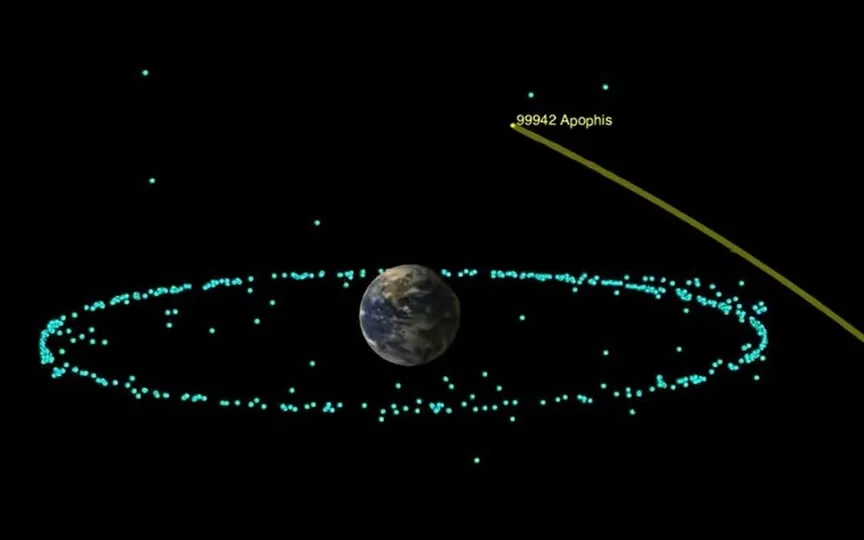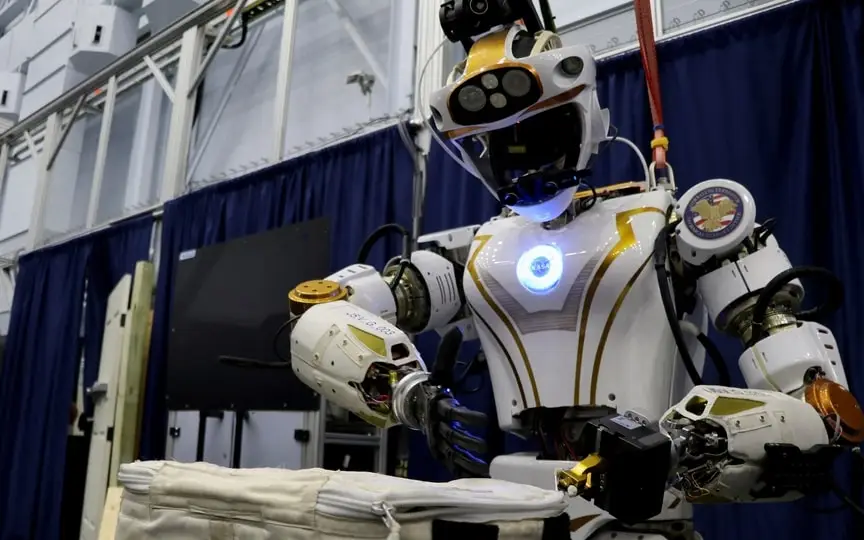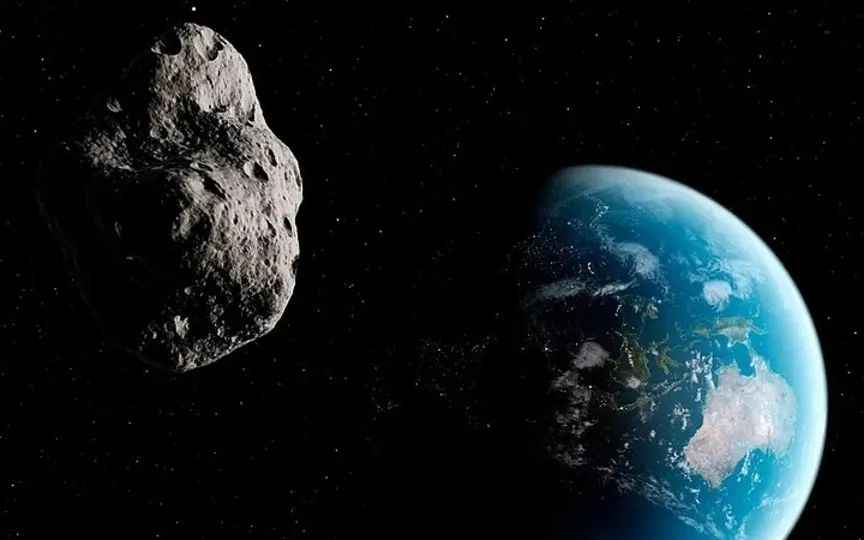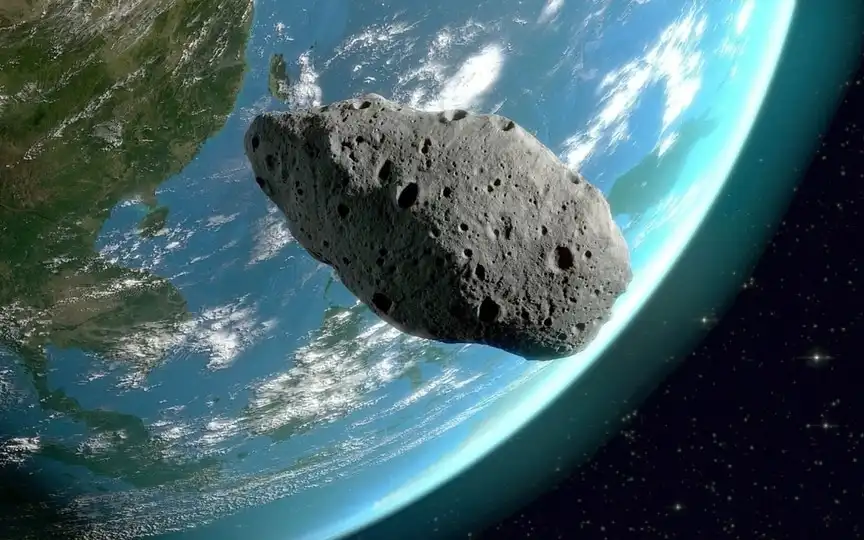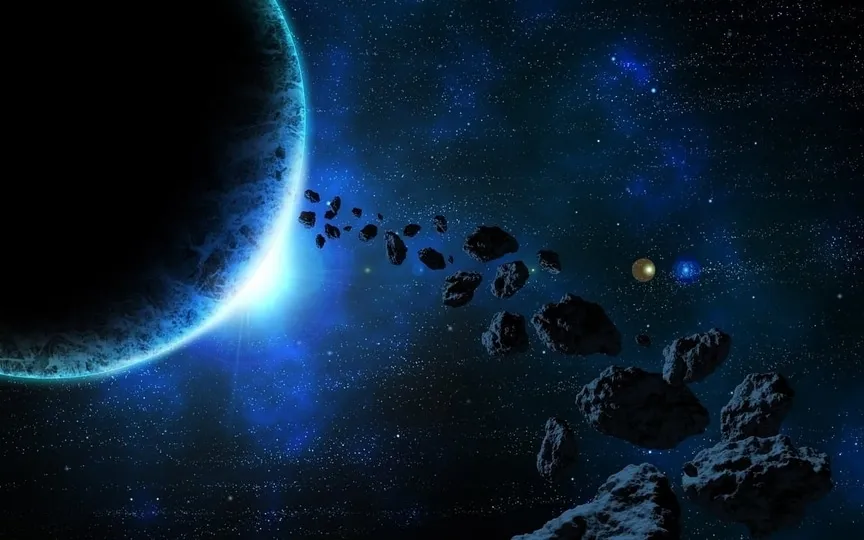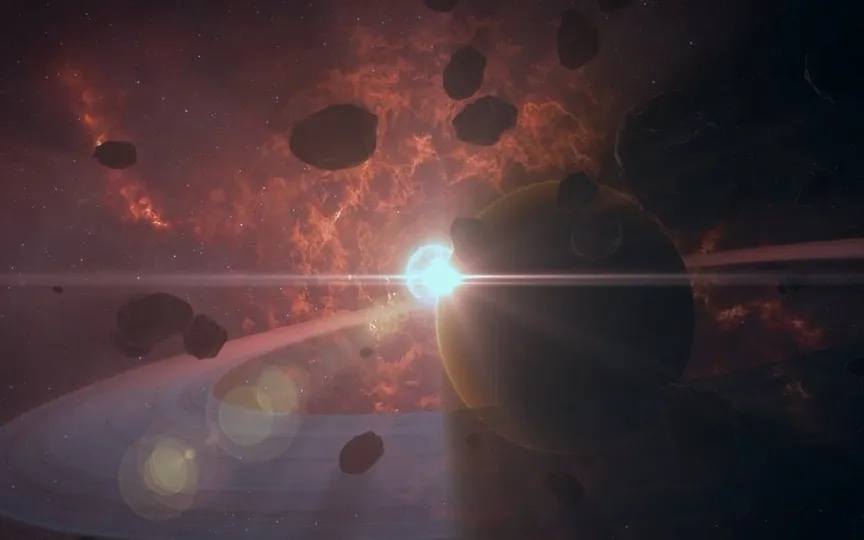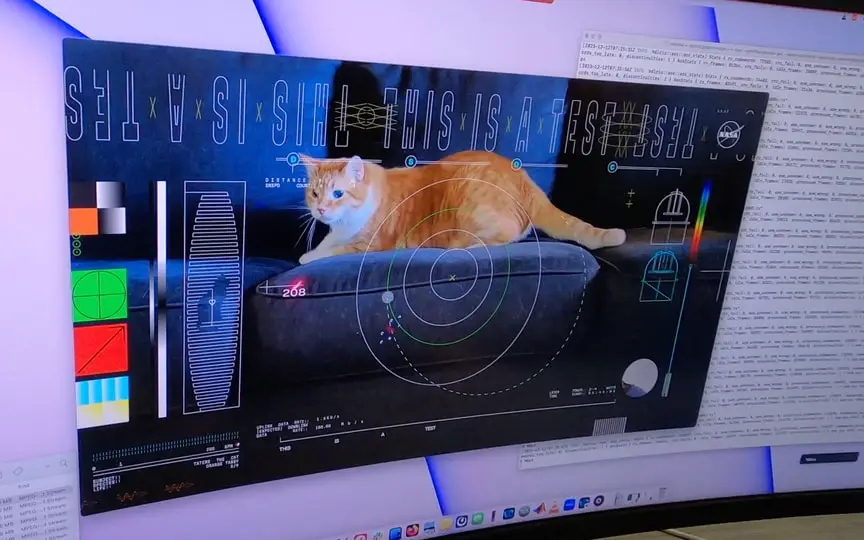Get the details of today’s close encounter as NASA announces Asteroid 2023 WZ3’s approach to Earth
Although these celestial objects are situated millions or even billions of kilometers away from our planet, specifically within the main asteroid belt positioned between the orbits of Mars and Jupiter, their paths occasionally bring them into close proximity with Earth. The investigation and comprehension of asteroids have been facilitated by spacecraft like Dawn, OSIRIS-REx, and Hayabusa2. Additionally, NASA has established various space telescopes and observatories, including the NEOWISE telescope, Atacama Large Millimeter/submillimeter Array (ALMA), Pans-STARRS1, Catalina Sky Survey, the Hubble Space Telescope, and the recently developed James Webb Space Telescope,…
Read More
